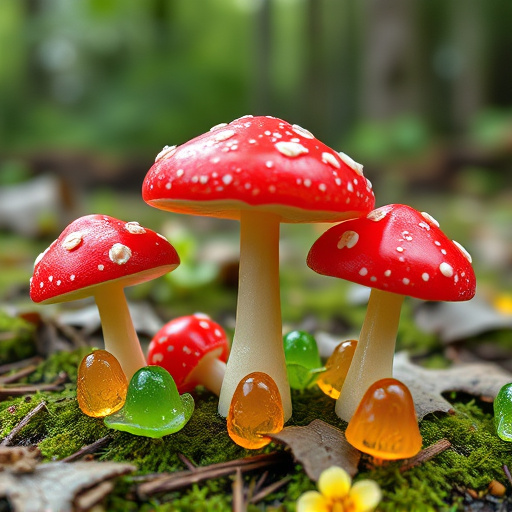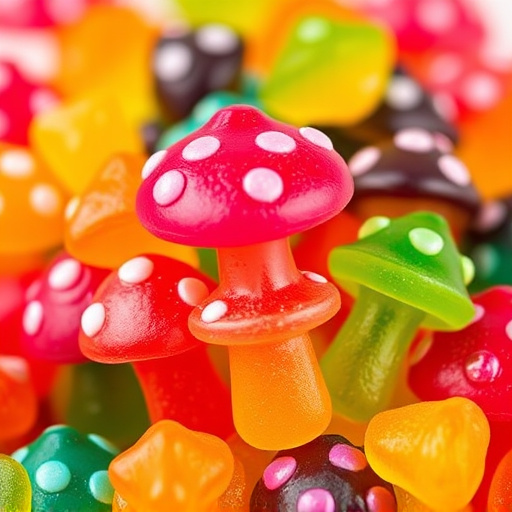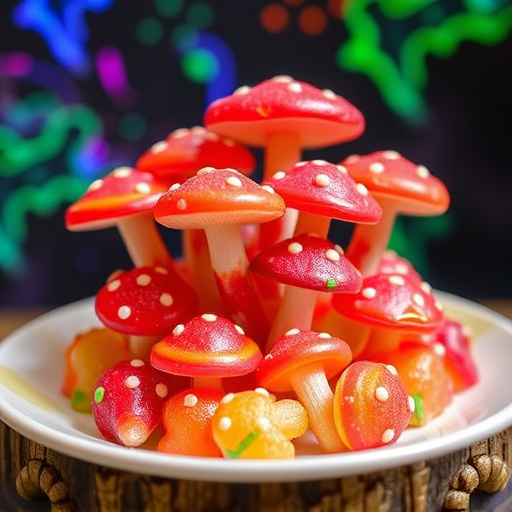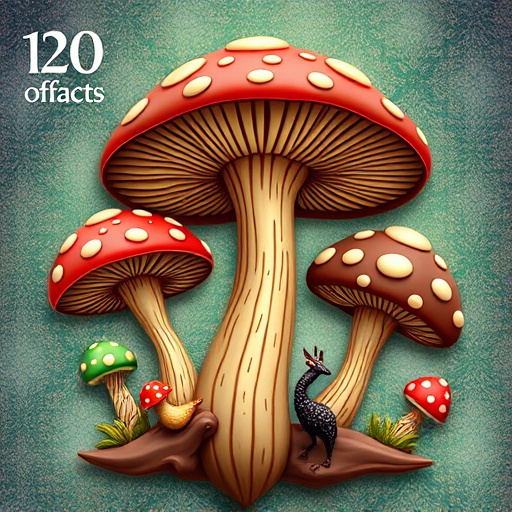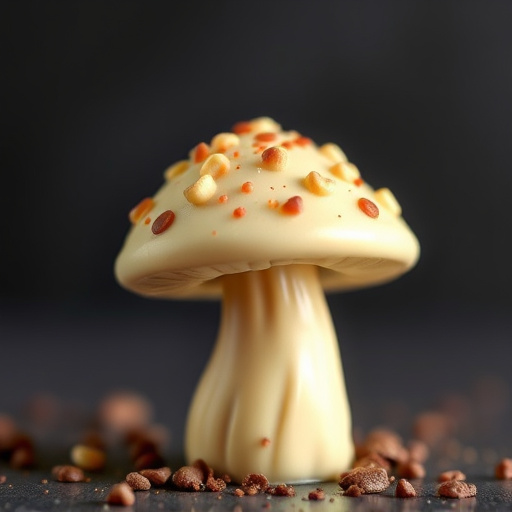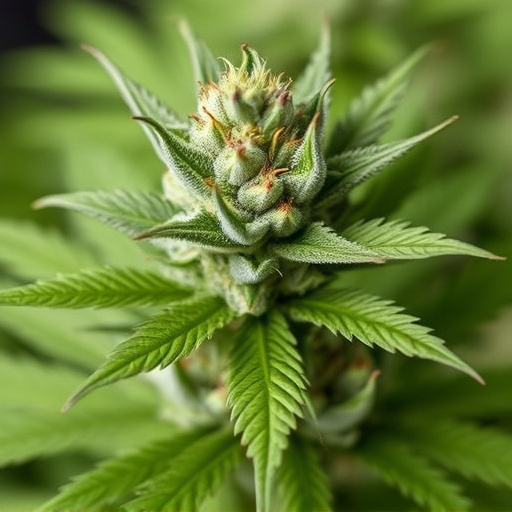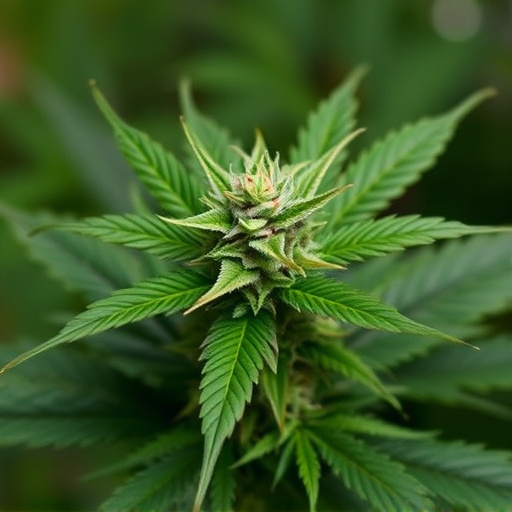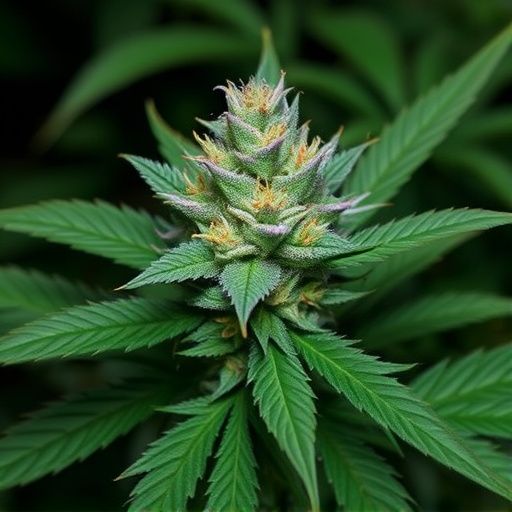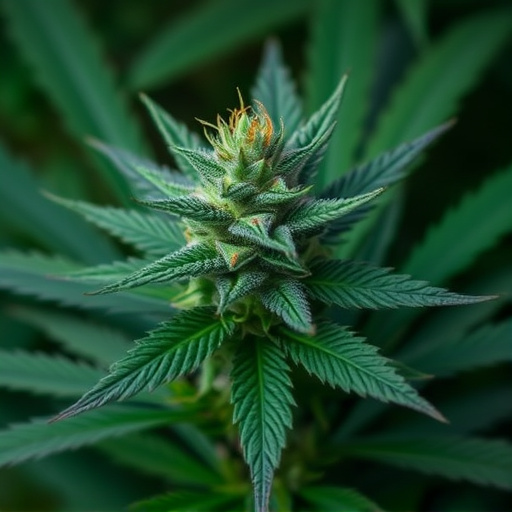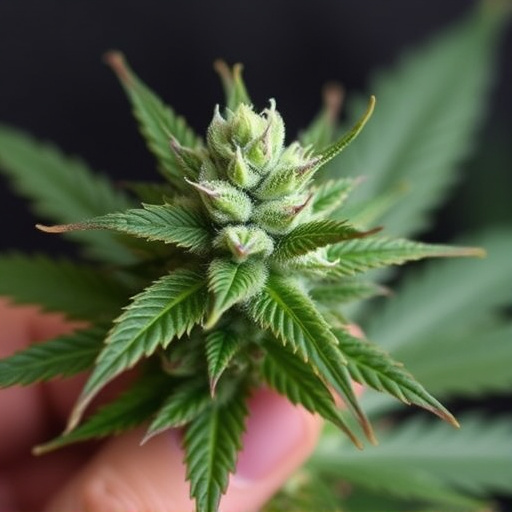The ideal growing environment significantly impacts the chemical composition of cannabis, particularly in terms of cannabinoid profiles and terpene concentrations, with factors like light, temperature, humidity, and soil quality playing key roles. Cultivators focus on creating optimal conditions (e.g., 60-85°F/15-29°C, 40-60% humidity) to produce high-quality "best cannabis strains for anxiety" with strong anxiolytic properties. Indoor cultivation offers precise control, while outdoor methods can yield inconsistent profiles. Understanding these techniques is crucial for sourcing effective cannabis strains to manage anxiety.
The growing environment plays a pivotal role in shaping the quality and efficacy of cannabis, especially when targeting specific medical conditions like anxiety. This article delves into the intricate relationship between cultivation practices and cannabinoid profiles, focusing on how different environments impact the best cannabis strains for anxiety relief. We explore optimal conditions, diverse growing methodologies, and their collective influence on strain composition, providing valuable insights for both cultivators and consumers seeking effective remedies for anxiety management.
- Understanding the Impact of Growing Environments on Cannabis Composition
- Optimal Conditions for Top-Tier Cannabis Strains: A Focus on Anxiety Relief
- Exploring Diverse Growing Methodologies and Their Effect on Strain Quality and Efficacy for Anxiety Management
Understanding the Impact of Growing Environments on Cannabis Composition
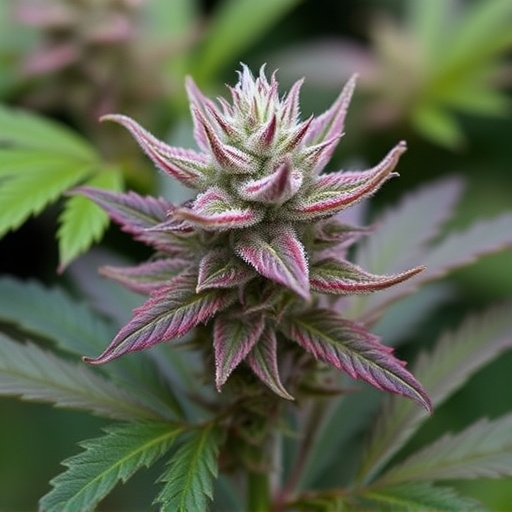
Cannabis, a complex plant with a rich chemistry, is highly sensitive to its growing environment. The composition of the final product, from terpene profiles to cannabinoid concentrations, is significantly influenced by factors like light intensity, temperature, humidity, and soil quality. For instance, optimal growing conditions can enhance the production of desirable cannabinoids such as CBD, known for its potential anxiety-relieving properties, making certain strains like the best cannabis strains for anxiety thrive.
Understanding these environmental impacts is crucial for cultivators aiming to produce high-quality, consistent cannabis. By meticulously controlling variables, growers can tailor the plant’s chemistry, ensuring that each harvest meets specific therapeutic needs, including those of consumers seeking relief from anxiety and other conditions.
Optimal Conditions for Top-Tier Cannabis Strains: A Focus on Anxiety Relief
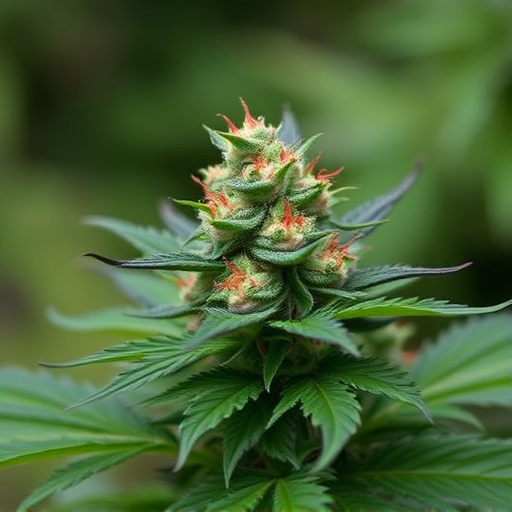
Cannabis enthusiasts and medical users alike are increasingly seeking out top-tier strains known for their potent anxiolytic (anxiety-relieving) properties. When it comes to cultivating these best cannabis strains for anxiety, creating optimal growing conditions is paramount. These ideal settings include a carefully controlled environment with adequate lighting, typically between 60-85°F (15-29°C), and humidity levels hovering around 40-60%. Well-aerated spaces with ample ventilation are crucial to prevent fungal infections that can negatively impact the final product.
Nutrient-rich soil or hydroponic solutions, carefully balanced for pH levels between 6.0 and 7.0, provide the essential elements for robust plant growth. Growers should also consider supplemental carbon dioxide (CO2) injection to enhance photosynthesis, resulting in higher cannabinoid concentrations. These optimal conditions allow for the cultivation of high-quality cannabis strains renowned for their calming effects, offering relief to those seeking natural remedies for anxiety and stress.
Exploring Diverse Growing Methodologies and Their Effect on Strain Quality and Efficacy for Anxiety Management
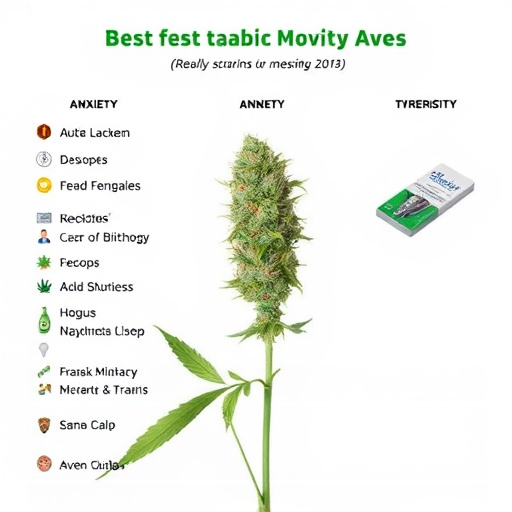
Cannabis enthusiasts and medical professionals alike are constantly on the hunt for the best cannabis strains for anxiety relief, understanding that the plant’s unique properties can offer much-needed solace. Exploring diverse growing methodologies is a crucial step in unlocking this potential. Different cultivation techniques significantly impact the final product’s quality and efficacy.
For instance, indoor growing environments allow precise control over variables like temperature, humidity, and lighting, fostering optimal conditions for specific strains to thrive. This meticulous approach can produce cannabis with higher concentrations of desirable cannabinoids and terpenes known for their anxiolytic properties. In contrast, outdoor cultivation, often considered more natural, exposes plants to varying environmental cues, which can enhance overall resilience but may also result in inconsistent cannabinoid profiles. Understanding these methodologies is key to sourcing the best cannabis strains for anxiety management, ensuring a consistent and effective treatment option.
Growing environments play a pivotal role in shaping the quality and effectiveness of cannabis strains, especially those sought after for anxiety relief. By understanding how factors like climate, soil composition, and cultivation techniques influence cannabinoid profiles, growers can optimize conditions to produce top-tier best cannabis strains for anxiety. This tailored approach ensures that patients have access to potent and consistent remedies, ultimately enhancing their well-being.
